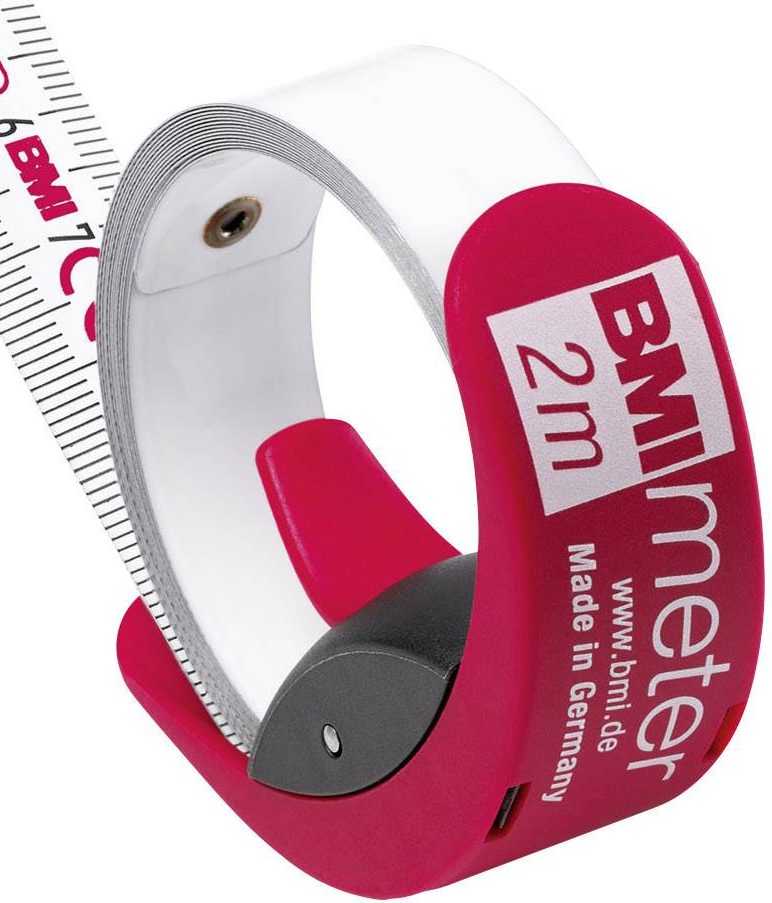On June 27th all of the minutes and the outcome of the work groups at the Prague CEPT Meeting (June 17th to June 21st) have been published. Since everyone was ranting about the possible loss of the 2m band, this went almost unnoticed. The French proposal is still there, yet it has some subtle changes compared to the original one.
TLDR; Too Long Did not Read
The new version now has a reference number EUR-B10-2.
The new document no longer mentions that aeronautical service shall be primary service in 2m band. It says implicitly to move toward a co-primary base. We thing co-primary is a no-go and that CEPT should seek other options. Lifting restrictions for aeronautical in the 162.0375-174MHz band is, in our opinion the best option. In our sense, this is the best option and should be pushed forward as the best alternative by amateur representative at the CEPT and ITU.
In some paragraphs the document no longer mentions 144MHz, but 146MHz. Is this on purpose?
Both versions of the document still urge to have the studies completed for WRC23. This matches the Thales schedule to bring their Stratobus on the market in 2023.
Side by side comparison
The document which came out the meeting can be found here. We also made a copy of it on our site. This document actually contains the whole outcome of the workgroup which was focusing on the Agenda Items 10 This document will be refered to as new version in the rest of the article. The document originally submitted by France can be downloeded here or directly unzipped from our site. This will refered as original in the rest of this article.
In the new version the resolution proposal starts at page 10 (quite logical as it is a compilation of all resolutions discussed during the meeting). In the original it starts at page 4. However, the rsolution in the new version has been truncated from its header.New Version page 10
Considering Section, New Version Page 10, Original page 4
Paragraph a): Unchanged
Paragraph b): Changed. The pargraph has been extended with “including those relating to flight coordination”. It is unobvious what is meant with this statement. Isn’t flight oordination (ATC actually ?) meant to be a safety communication?
Paragraph c) d) e) and f): Unchanged
Paragraph g): Changed. The whole paragraph has been changed to a statement claiming that there are only a few allocation for mobile aeonautical service above 146MHz.in ITU region 1. This a true statement. It is interesting to note that the author mentions 146Mhz and not 144Mhz.
Paragraph h) and i):Unchanged
Paragraph j): Changed. the mening stays the same, the formulation is just different.
Paragraph k) and l): Unchanged
“Recognizing” Section, New Version Page 10-11, Original page 4-5
Paragraph a): Deleted
Paragraph b): Moved to a) in the new version, otherwise unchanged
Paragraph c): Moved to b) in the new version, otherwise unchanged
Paragraph d): Moved to c) in the new version, otherwise unchanged
Paragraphe e): Moved to d) in the new version, otherwise unchanged.
“Noting” Section, New Version Page 11, Original page 5
Paragraph a): Changed. There is a huge difference beteen both versions. The new version no longer contains the statement that the band 144-146MHz may be considered for primary allocation for aeronautical mobile service. It simply states “that the band 144-146 MHz is allocated to the amateur and amateur-satellite on a primary basis in all Regions;”. We think this is a positive evolution as the idea itself of reallocating the band to aeronautical has been removed.
Pargraph b): Changed, only some precisions about which service are found in the 5000-5010MHz band.
Paragraph c) and d): Changed, but did not contain any amateur related information
Paragraph e): Changed. This one deals with the 162.0375-174MHz segment which is allocated to mobile service except aeronautical service. Mobile service consists of typical land mobiel applications (taxi, trains, etc …). The original document mentioned that the exclusion of aeronautical service could be lifted.
Paragraph f): Moved to g)
Paragraph g): Moved to h)
“Resolves to invites ITU-R” Section, New Version Page 11, Original page 5
Paragraph 1: Unchanged
Paragraph 2: Unchanged
Paragraph 3: Changed. This paragraph now lists all bands that should be investigated. 2m amateur band is included. No mention of any primary status for aeronautical service (as in previous version).

